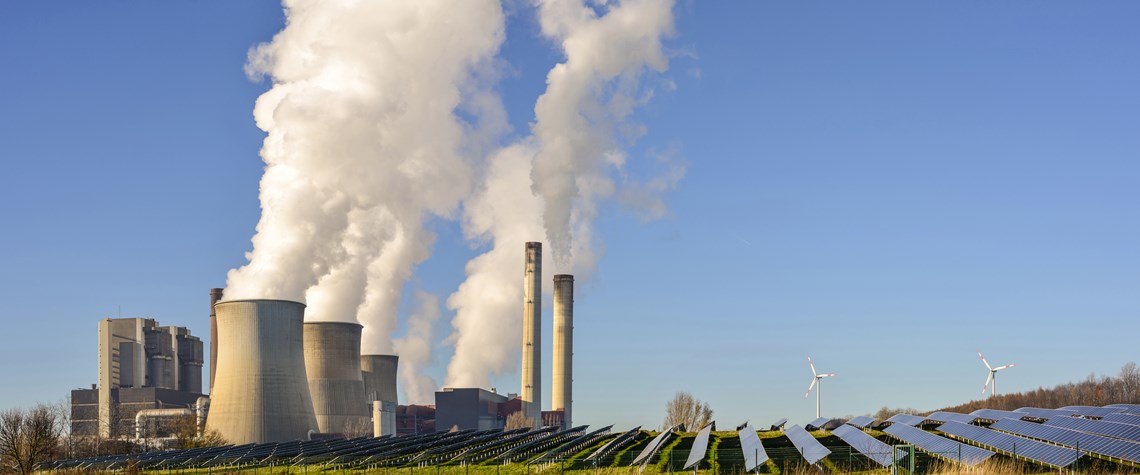Carbon price drives generating fuel switch
Coal pays for its greater carbon intensity in a rising European CO2 price environment
Calculating the gross profit from a power plant, before the advent of carbon pricing, was a fairly straightforward affair. The difference between the electricity price and the cost of fuel—adjusted for either the thermal efficiency of a particular plant or, for a more generic situation, industry standards for coal and gas-fired stations' efficiency—was all you needed to work out. Since 2005, Europe's power industry has had to pay for a majority of its CO2 emissions and this has triggered a change in profit calculations. It means that coal faces stiffer competition from cleaner-burning natural gas, with the strength of the competition increased by higher CO2 prices and vice versa. The so-call

Also in this section
12 December 2025
The latest edition of our annual Outlook publication, titled 'The shape of energy to come: Creating unique pathways and managing shifting alliances', is available now
12 December 2025
The federal government is working with Alberta to improve the country’s access to Asian markets and reduce dependence on the US, but there are challenges to their plans
11 December 2025
The removal of the ban on oil and gas exploration and an overhaul of the system sends all the right messages for energy security, affordability and sustainability
10 December 2025
The economic and environmental cost of the seven-year exploration ban will be felt long after its removal







